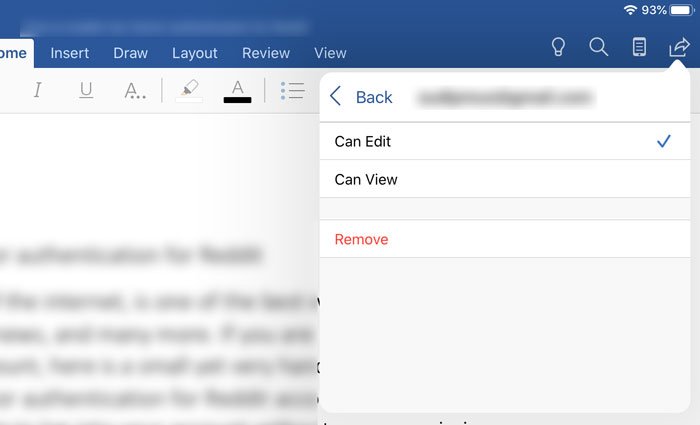
All of these documents are printed out by the client and brought into their solicitor, or otherwise may be collated and scanned to the solicitor. Medical evidence and housing officer evidence likewise. Mortgage capacity evidence might arrive as an attachment to an email. Large companies often provide digital payslips through online portals. Likewise, pension information can arrive in the same manner. Bank statements come as downloads from bank accounts after insertion of customer numbers, passwords, and telephone-sent passcodes. Nowadays, legal representatives often rely upon their clients to provide the relevant documents. If there were any issues raised about the veracity of a document, a further hard copy might be obtained by the solicitor (at the client’s expense) from the relevant institution. Any attempt to make alterations would be obvious, or the client would have to be skilled at forgery to be able to replicate an official bank document or a payslip from a large company. The original documents were available to be scrutinised. Thanks to legal aid provision being more available, litigants were frequently represented and they would provide their original documents to their legal representatives, who would then make copies and file and serve them. Until the common use of the internet and email in the late 1990s, the solicitor/barrister would deal with hard copy documents. In short, documents comprise evidence, and are generally assumed to amount to evidence upon which the parties and the court can rely. For every point that is made, one hopes there is a document to support that point. Commonly, we look to documents, most often contemporaneously created, to prove allegations and assertions.

In the field of family law, for example, we deal with problems that arise in people’s private lives and where allegations or assertions are made, tangible evidence to support those allegations or assertions is generally sought and relied upon to satisfy the standard of proof.


 0 kommentar(er)
0 kommentar(er)
